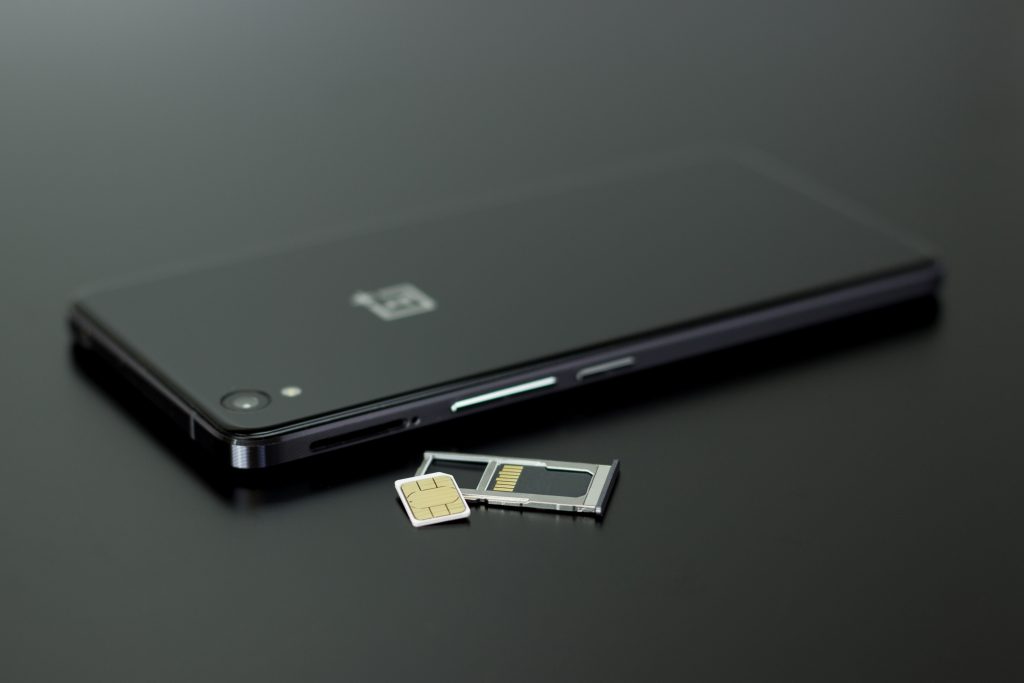Three Steps to Surviving the 2G/3G Sunset


Carriers are feeling the pressure from consumers and businesses for faster speeds and more reliable connections. Hence, we’ve seen the popularity of 4G grow immensely, with 5G not far behind it. While this would seem like great news on the surface: adjusting for the new networks means moving away from GSM and UMTS networks, ultimately leaving 2G and 3G connectivity to be sunset globally. This sunset leaves many businesses scrambling to prepare for the transition as 2G and 3G connectivity are the most utilized networks among deployed devices. Some carriers, such as AT&T and Verizon, have already shut down their 2G network and other shutdowns are set to occur this year.
However, all hope is not lost. Check out our 3 effective steps below to help you navigate and prepare for the impending 2G/3G sunset.
1. Understanding Your Technology Investment
The very first thing you need to do to prepare for the coming shutdowns is to understand its impact on your organization. Begin with an audit of your current technology investments.
Ask yourself:
- How many devices are you managing and of which, how many will be impacted by the shutdown?
- Which networks are each of these devices connected to?
- What carriers are these devices connected to?
Once you have a better understanding of your current investment, Step 2 will help you address the next very important question, when are your devices’ carriers’ 2G and 3G networks set to shut down?
2. Get Ahead of Shutdown Dates
Many major carriers have released their network shutdown schedules to help businesses like yours get ahead of the shutdown dates. Below, we’ve compiled a list of the important dates to help you get started.*
3. Find a Replacement LTE Solution
The previous steps serve to help you really dive into what you can expect from the 2G/3G network sunset and when you can expect it. Step 3 is where you really get your hands dirty in finding a solution to this problem.
There are different categories of LTE technologies such as Categories 1-26 LTE, Category M LTE (Cat M), narrowband IoT LTE (NB-IoT), and more according to 3GPP 36.306 Release 15. To make sure you know the category that best meets your organization’s needs, you’ll want to explore expert advice. If this expert doesn’t exist within your organization, it’s best to seek an independent consultant or partner with an IoT vendor that will work hand-in-hand with you to bring your vision to fruition. Whether you’re looking to purchase off-the-shelf, LTE-capable devices, or need help developing a new, custom, LTE-capable device, JACS Solutions is here to help. JACS offers fully customizable, 4G LTE devices that are certified on either AT&T’s or Verizon’s networks. JACS has also recently launched an LTE USB Dongle to help businesses like yours survive the 2G/3G sunset with a quick, painless, cost-effective 4G LTE solution.
Plug and Play 4G LTE Solution
The TD191, LTE USB Dongle, is a driverless dongle made to provide up to 150Mbps 4G LTE download speeds to most devices requiring only a USB port. The TD191 works on a wide array of global LTE bands to allow you to do business wherever it may take you. Regardless of your device’s current network, the TD191 will seamlessly connect, and can even be embedded in some devices to provide you instant, reliable internet on the devices that you know and love. Eliminate the need for costly technology refreshes with a fraction of the cost.
*Work directly with your carrier for exact dates and network shutdown details.